Garmin anuncia hoy los nuevos Garmin Forerunner 265/265S y Garmin Forerunner 965. ¿Su principal novedad? La pantalla AMOLED llega a las «grandes series».
Tal y como te adelanté hace algunas semanas, la pantalla AMOLED va a ser la gran tendencia para 2023 no sólo para Garmin, sino también con el resto de fabricantes. Así que prepárate para la invasión que viene en el uso de esta tecnología.
¿Por qué AMOLED y por qué ahora? Porque ya es una tecnología madura, con lo que el precio de la pantalla no supone un coste extra al fabricante (aunque lo venda más caro). Ese es el principal motivo, pero no nos olvidemos también de la autonomía. Los procesadores y chipsets son ahora mucho más eficientes por lo que con el mismo tamaño de batería se puede conseguir más horas de uso. Ya no hay problema en exigir a la batería el consumo propio de una pantalla AMOLED.
Son tres los modelos que Garmin presenta. Por un lado la familia Forerunner 265, compuesta por Forerunner 265 y Forerunner 265S, al igual que el modelo del que parten en dos tamaños diferentes, 46mm y 42mm. Eso lleva a diferentes tamaños de pantalla y diferencia también en la autonomía. Ambos tienen reproducción de música, no hay versión sin esta opción.
El tercer modelo es el tope de gama, el Garmin Forerunner 965. También parte del 955, añadiendo una pantalla AMOLED de 1,4″, lo cual le hace crecer ligeramente en tamaño. En este caso adapta un bisel de titanio, en lugar del diseño «todo-plástico» del 955. Es de agradecer, teniendo en cuenta el precio del reloj.
Pero aparte de la tecnología de la pantalla, pocas novedades aportan que no estuvieran ya en los modelos anteriores. Vamos con las especificaciones.
Garmin Forerunner 265, así es
¿Qué es un Garmin FR265? básicamente un FR255 Music al que se le añade la pantalla AMOLED. Hay dos tamaños disponibles: el estándar de 46mm y el más pequeño, con 42mm de diámetro
- Pantalla táctil AMOLED de 1,3″ (FR265) o 1,1″ (FR265S). Igual que en los 255 y 255S
- Diámetro de 46,1mm y 41,7mm respectivamente, ligeramente más anchos que el modelo con pantalla transflectiva
- 47 gramos y 39 gramos para el Forerunner 265 y Forerunner 265S, casi igual que en los otros
- Nuevo diseño de botón principal, que deja de ser redondo para crecer en tamaño
- Sensor de pulso óptico Garmin Elevate V4
- Recepción de satélites multibanda con opción SatIQ para selección inteligente (llegó al 255 tras actualización)
- Altímetro barométrico
- Hasta 20 horas con uso de sólo GPS en el 265 (30 en el 255), o 24 horas de sólo GPS en el 265S (26 en el 255S)
- Mismas funciones de reporte matutino, seguimiento de variabilidad de pulso, estado de entrenamiento, etc
- Estimación de potencia en carrera, ahora directamente desde la muñeca (llegó al 255 tras actualización)
- Dinámica de carrera avanzada directamente desde la muñeca (oscilación vertical, tiempo de contacto con el suelo, etc). Antes era necesario sensor externo, ahora es opcional si quieres datos más precisos. Llegará al 255 vía actualización.
- Perfil de triatlón y natación en aguas abiertas
- Garmin Pay
- Colores disponibles: 265 en negro, blanco o turquesa. 265S en negro, blanco o rosa.
- El precio sube hasta 499€
Garmin Forerunner 965, así es
Lo mismo se puede decir del Garmin Forerunner 965, que tampoco recibe demasiados cambios con respecto al modelo del que parte, más allá de la nueva pantalla y sí, en este caso un bisel de material más noble.
- Pantalla táctil AMOLED de 1,4″, más grande que la de 1,3″ del 955
- Diámetro de 47,2mm; 0,7mm más grande que el 955
- Bisel de titanio
- Mismo peso de 52 gramos a pesar del mayor tamaño y del bisel de titanio
- No hay versión con carga solar
- Sensor de pulso óptico Garmin Elevate V4
- Recepción de satélites multibanda con opción SatIQ para selección inteligente (llegó al 955 tras actualización)
- Mapas TopoActive de Europa y posibilidad de descargar de todo el mundo vía WiFi
- 32GB de capacidad de memoria
- Hasta 31 horas con uso de sólo GPS (42 horas en el 955), y hasta 23 días en modo reloj inteligente
- Mismas métricas y reporte matutino, con seguimiento de variabilidad de pulso y predisposición de entrenamiento
- Métrica de ratio de carga de entrenamiento
- Estimación de potencia en carrera, ahora directamente desde la muñeca (llegó al 955 tras actualización)
- Dinámica de carrera avanzada directamente desde la muñeca (oscilación vertical, tiempo de contacto con el suelo, etc). Antes era necesario sensor externo, ahora es opcional si quieres datos más precisos. Llegará al 955 vía actualización.
- Colores disponibles: negro, blanco o amarillo
- El precio sube hasta 649€
Pocas novedades
Como has podido comprobar hay pocas novedades «reales» más allá del uso de la pantalla AMOLED. A nivel de software Garmin «oficializa» las novedades que han llegado a los modelos con pantalla transflectiva: estimación de potencia directamente desde la muñeca, SatIQ para los satélites.
Obviamente la interfaz de usuario sufre una ligera actualización para aprovechar las características de la nueva pantalla, pero la tónica es muy similar a lo que teníamos antes.
En cuanto a diseño, cambia ligeramente el botón principal, que ahora ya no es redondo y pasa a ser algo más alargado con una inscripción en su interior. Pero la esencia de diseño es exactamente la misma en ambos modelos.
Sólo queda hablar de batería, pero es bastante complicado establecer comparaciones. Porque todo depende de si habilitamos el modo de pantalla siempre encendida o si ésta permanece apagada hasta que giramos la muñeca.
Los datos oficiales de Garmin tampoco ayudan, porque son bastante caóticos y en teoría habrá una tabla un poco más completa, pero de momento esto es lo que puedo ofrecerte:
Autonomía Garmin Forerunner 265
- Modo smartwatch: hasta 13 días
- Modo GNSS solo GPS: hasta 20 horas
- Modo GNSS SatIQ (selección automática): hasta 16 horas
- Modo GNSS (todos los sistemas) y multibanda: hasta 14 horas
- Modo GNSS solo GPS con música: hasta 7 horas
- Modo GNSS SatIQ (selección automática) con música: hasta 6,5 horas
- Modo GNSS (todos los sistemas) y multibanda con música: hasta 6 horas
Autonomía Garmin Forerunner 265S
- Modo smartwatch: hasta 15 días
- Modo GNSS solo GPS: hasta 24 horas
- Modo GNSS SatIQ (selección automática): hasta 18 horas
- Modo GNSS (todos los sistemas) y multibanda: hasta 15 horas
- Modo GNSS solo GPS con música: hasta 7,5 horas
- Modo GNSS SatIQ (selección automática) con música: hasta 7 horas
- Modo GNSS (todos los sistemas) y multibanda con música: hasta 6 horas
Y ahora te preguntarás… ¿Por qué el modelo más pequeño tiene más autonomía? Pues porque la pantalla es bastante más pequeña (1,1″ contra 1,3″) y por tanto tiene menor consumo. Es decir, ya no depende del tamaño de la batería sino del consumo de la pantalla.
Ahora vamos con los datos del Forerunner 965.
Autonomía Garmin Forerunner 965
- Modo smartwatch: hasta 23 días
- Modo GNSS solo GPS: hasta 31 horas
- Modo GNSS SatIQ (selección automática): hasta 22 horas
- Modo GNSS (todos los sistemas) y multibanda: hasta 19 horas
- Modo GNSS solo GPS con música: hasta 10,5 horas
- Modo GNSS SatIQ (selección automática) con música: hasta 9,5 horas
- Modo GNSS (todos los sistemas) y multibanda con música: hasta 8,5 horas
Recuerdo que, en cualquier caso, todas estas cifras son con el modo de pantalla encendida con el giro de muñeca. Si usamos el modo de pantalla siempre encendida la autonomía se reducirá drásticamente (sobre todo en cuanto a uso como reloj inteligente).
Proporción de carga (sólo Forerunner 965)
Hay una nueva métrica, proporción de carga o Training Load Ratio. Compara otras dos métricas que están presentes en el reloj, la carga aguda (Acute Training Load, ATL para los que estáis acostumbrados a Training Peaks) junto con la carga crónica (Chronic Training Load, o CTL para esos mismos usuarios de TP).
¿Qué es cada una? Pues te lo explico copiando desde la guía de cómo usar Training Peaks.
- ATL (Fatigue): Acute Training Load o carga aguda de entrenamiento (a corto plazo). Es la media de TSS de los últimos 7 días. Un ATL de 100 supone que la media de TSS diario de los últimos días ha sido de 100TSS en cada entrenamiento (que pueden ser variados, pero en total sumaría 700 dividido entre 7).
- CTL (Fitness): Chronic Training Load o carga crónica de entrenamiento (a largo plazo). Es la media de TSS de las últimas 6 semanas de entrenamiento. Al igual que el ATL, pero tiene en cuenta el TSS de las últimas 6 semanas y divide entre 42.
Garmin lo hace un poco diferente, pero básicamente compara la carga a corto plazo (7 días) con la carga a medio o largo plazo (28 días) para dar un ratio e indicarnos si estamos subiendo la carga de forma razonable sin grandes saltos en nuestro entrenamiento. Esos que llevan a sobrentrenamiento o lesiones.
Opinión
Estos dos nuevos modelos son simplemente una actualización al siglo XXI de los dos modelos estrella de la gama Forerunner. Una pantalla de mayor calidad, que es lo que demanda el mercado. O al menos parte de él.
Obviamente el Apple Watch está haciendo daño, no sólo por la tecnología de su pantalla sino porque cada vez están girando más hacia la parte deporte de resistencia (correr, ciclismo, natación, triatlón…). Hasta ahora Garmin se sentía con cierta protección porque no veía amenaza por parte de “un simple reloj inteligente”.
Es evidente que los números han cuadrado tras el lanzamiento del Epix 2 y Garmin ha podido determinar que el público quiere pantalla AMOLED.
En cierto modo es una jugada fácil para Garmin. Parten de una base que ya está desarrollada con los 255 y 955 en el mercado de hace algunos meses, en los que ya han estado puliendo el sofware. Añaden una pantalla AMOLED y ya tienen nuevos modelos en el mercado.
En cuanto al software apenas hay nada destacable. La dinámica de carrera directamente a través de la muñeca (que en definitiva forma parte de la estimación de potencia) va a llegar en breve al 955 (de hecho ya está en fase beta en los Fenix 7. Y también llegarán las nuevas métricas de carga de entrenamiento.
Así que dentro de unos meses el 955 y el 965 serán idénticos en cuanto a software, con la única diferencia de la pantalla y lo que conlleva en cuanto a autonomía.
Y hasta que publique el análisis completo después de la prueba del reloj… ¡Gracias por leer!




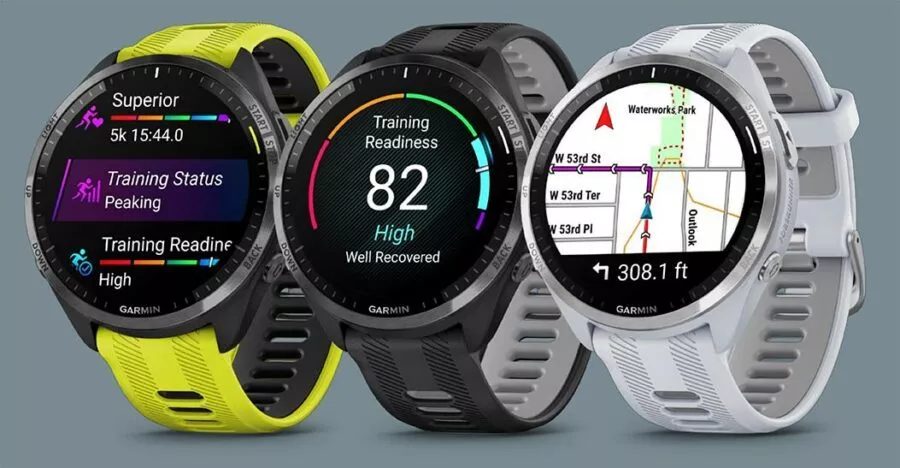
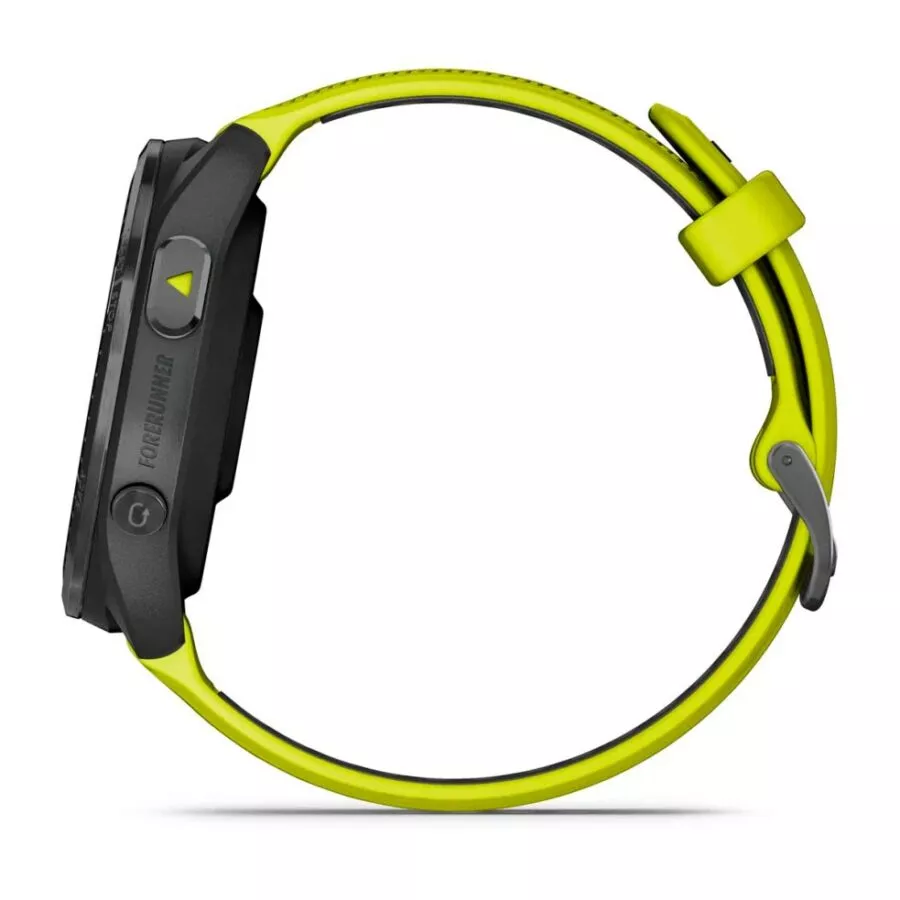
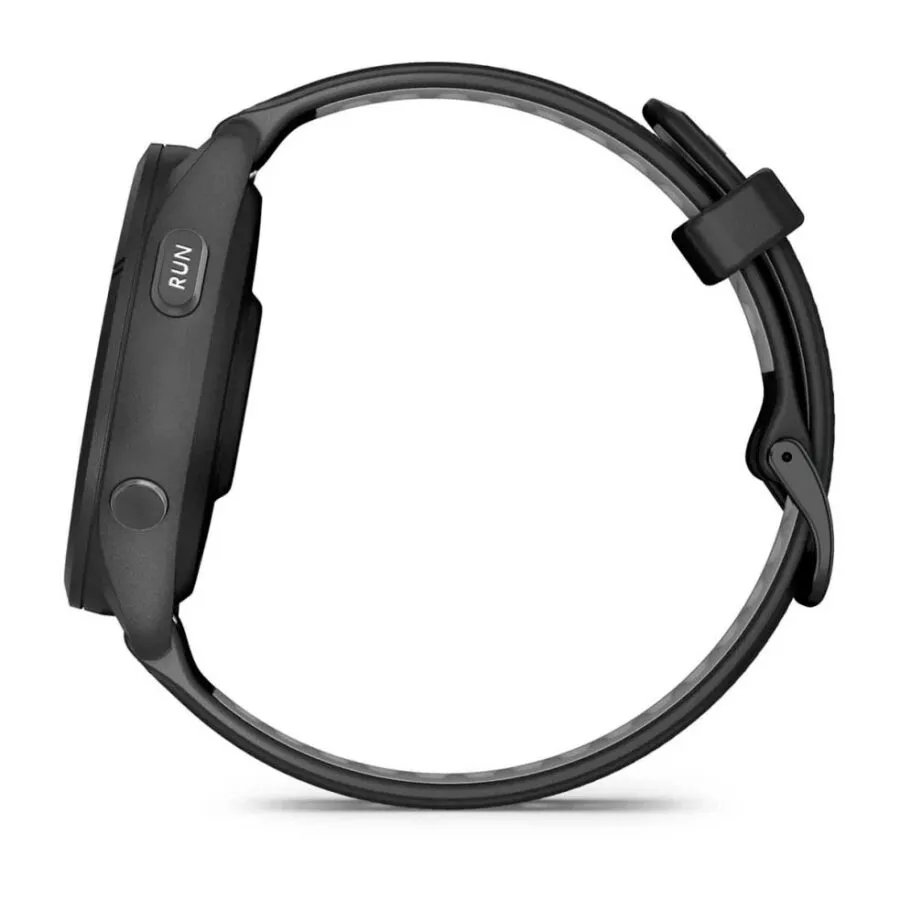
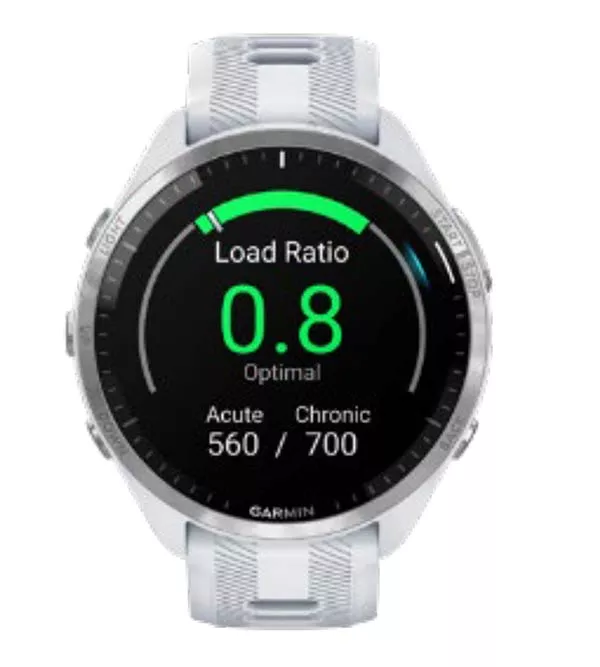
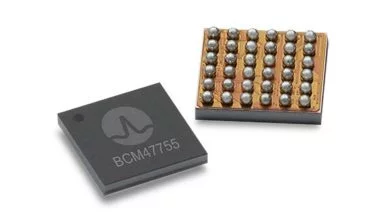
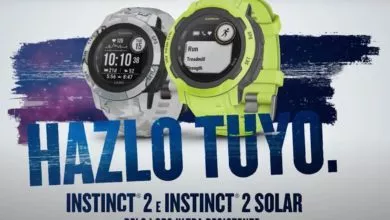
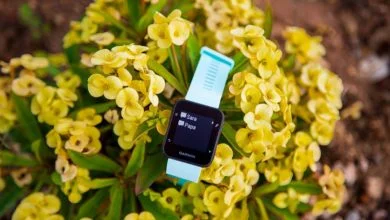
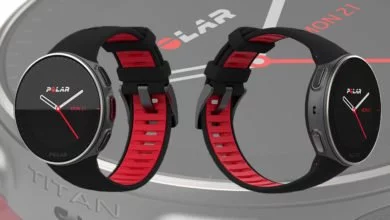
Que buena pinta esa pantalla, a quienes ya no vemos muy bien de cerca creo que es una mejora importante, el 955 que uso es bastante apagado y me cuesta mucho su lectura en carrera, esperando tú review, gracias.
A la espera de unidades para poder hacer el análisis 👍🏻
Hola.
Pues yo discrepo. Tengo el 955 y estoy encantadisimo. Tecnologia transflectiva es ideal para el dia, que es cuando hacemos deporte. Ademas cuanta mas luz le incide mejor se ve, y es cierto.
Me gustan las pantallas amoled, pero para el deporte no estoy convencido.
Espero que bajen los precios de los que son sustituidos, porque a veces los precios se mantienen y no tiene mucho sentido.
No son sustituidos, es una gama paralela para el que quiera reloj con AMOLED. Pero los de pantalla transflectiva seguirán en el mercado.
Los que tenemos ya garmin con amoled (la serie venu), vemos que para deportes al aire libre son poco practicos, ya que no se ve nada, por tanto no entiendo que garmin ponga amoled al 955 (965), a menos que sea otro tipo de amoled que se vea con el sol.
Aunque conociendo a garmin tampoco se puede esperar ningun cambio maravilloso.
Yo no tuve problemas con el Epix 2 en su momento. Pero sí es cierto que con mucha luz solar la pantalla transflectiva se ve muy bien y que es donde el AMOLED se ve perjudicado. Pero en el resto de situaciones lo cierto es que es bastante superior.
Donde más echo de menos esa pantalla es en la piscina…
Otro clavo más en el ataúd de Suunto. Es una pena que esa empresa este acabada al igual que Polar
Hola…. Se me “murió” de golpe el Fenix 3… Y ahora dudo entre el FR 955 o el Fenix 6 … Con la llegada del Amoled 965, creees que bajará el precio del 955 ? Sin probar el 965, AHORA, sigues pensando que el 955 es muy buena elección ? Es por si me espero un poco para el 955 je je je Muchas gracias por tu Blog.
No creo que el 955 vaya a bajar de precio. El 965 es un modelo «paralelo», no sustituye al 955, que además es un reloj que se está vendiendo muy bien.
De entre tus dos opciones, sin duda el 955 me parece bastante mejor opción salvo que quieras ahorrar algo de dinero y esperes a las ofertas de los Fenix 6.
no supone un coste extra al fabricante (aunque lo venda más caro) <- a ver… esta frase… nueva tecnología más cara que no es más cara pero el reloj es mucho más caro. Esperaba una evolución y no un nuevo escalón por encima del 255, de ahí el cambio de un sólo número en la nomenclatura, no? O deberían llamarlo 355 si pretendían abrir una nueva gama?
No es una nueva gama, simplemente el mismo dispositivo pero con la opción de pantalla AMOLED
Hola, no conocía esta web y me encanta por todos los detalles que das de cada reloj que analizas
Llevo idea de cambiar mi Garmin 235 por algo mas avanzado y me estoy volviendo loco con tanta comparativa y tanto video, aunque viendo la tendencia del mercado creo que voy a esperar a que Coros saque un Apex 3/3 pro con pantalla amoled, o Garmin un 965 pro con mas autonomia ¿Sabes si hay alguna noticia al respecto?
Solamente echo en falta que analizaras algún modelo de otras marcas como Amazfit (Cheetah, Balance, GTR4, T-Rex 2, T-Rex ultra) o Huawei (Gt3 o GT4) que aunque quizas no tengan la calidad de otras marcas creo que pueden cumplir perfectamente para los usuarios que somos menos profesionales
No hay previsión de APEX 3 a corto plazo, y de momento no estaban preparando nada con AMOLED… Aún no tienen claro si van a buscar ese segmento o no.
Las otras marcas que indicas son relojes inteligentes con pequeñas funciones de deporte, pero no son especificamente de deporte.